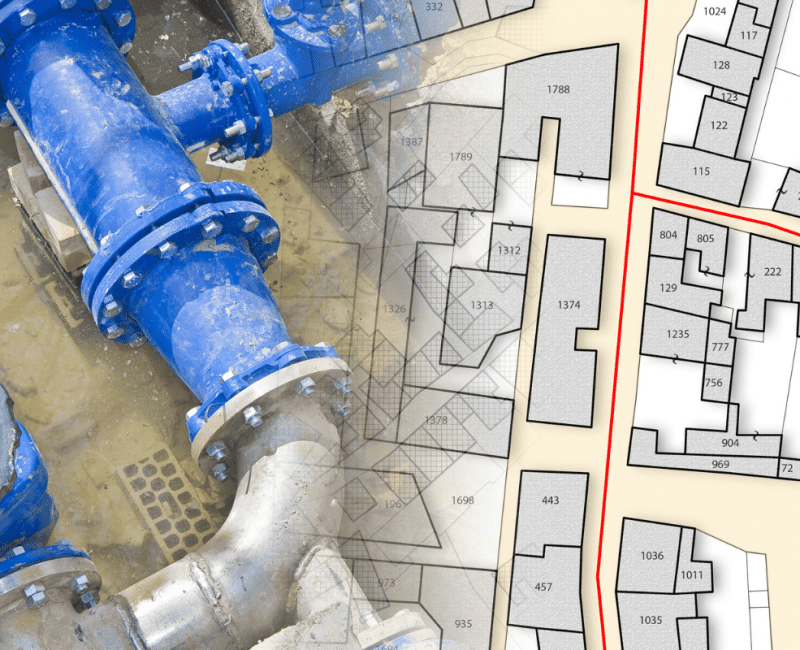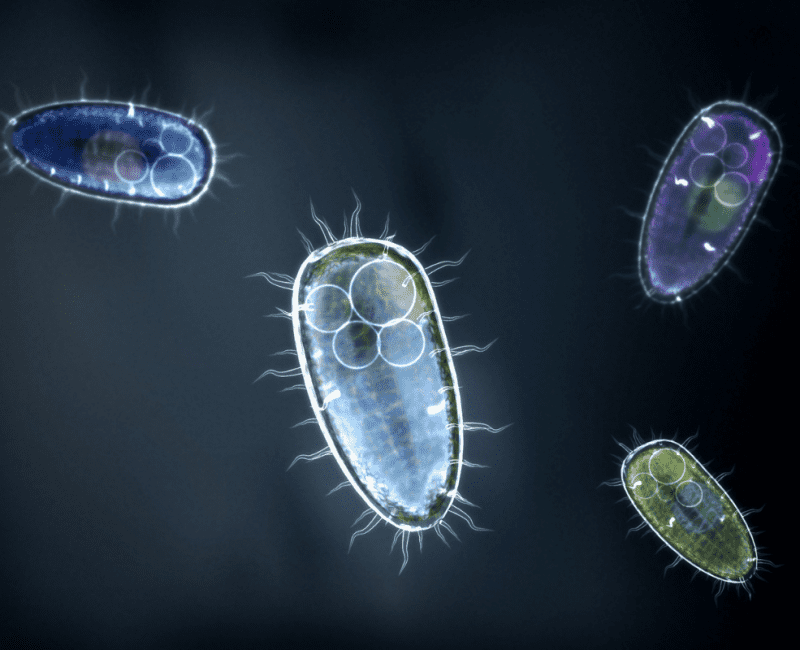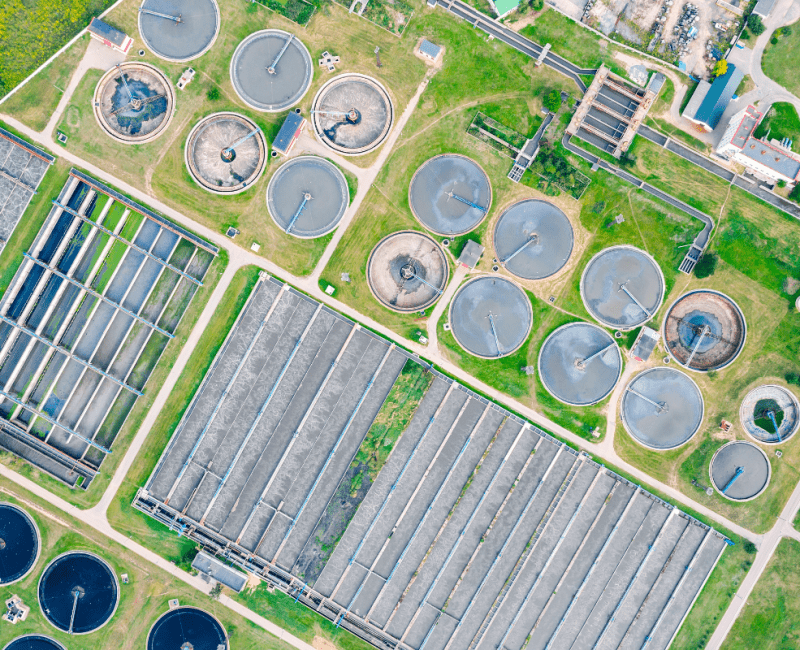
The Australian water industry is currently focused on two VOCs, namely geosmin and MIB, which release an earthy-musty smell…

The Australian water industry is currently focused on two VOCs, namely geosmin and MIB, which release an earthy-musty smell…

Asset management plays a significant role in modern industries, particularly in water utilities, in providing available and reliable service at an optimised asset Life Cycle Cost (LCC)…

This project established unifying framework for the calculation of robustness metrics, which assists with understanding how robustness metrics work, when they should be used, and why they sometimes disagree…

Faecal source tracking (FST) involves the identifying the contamination pathways and potential health risk of faecal contamination in source waters and is an important strategy for contaminant management within catchments…

Wastewater surveillance has played a key role in supporting the public health responses to the COVID-19 pandemic, including throughout Victoria, Australia…

This project aims to better understand chemical and biological hazards in Australia through long-term collection and analysis of wastewater and biosolids…

Wastewater is known to contain tiny particles of plastic, some may remain at the end of the treatment process…

Water supply and wastewater services are two connected components in an urban water system…

Water supply sustainability demands that communities look toward non-traditional water sources for potable and household water needs…

Potable water reuse is increasingly recognised as an important water management strategy for future Australian and international cities…